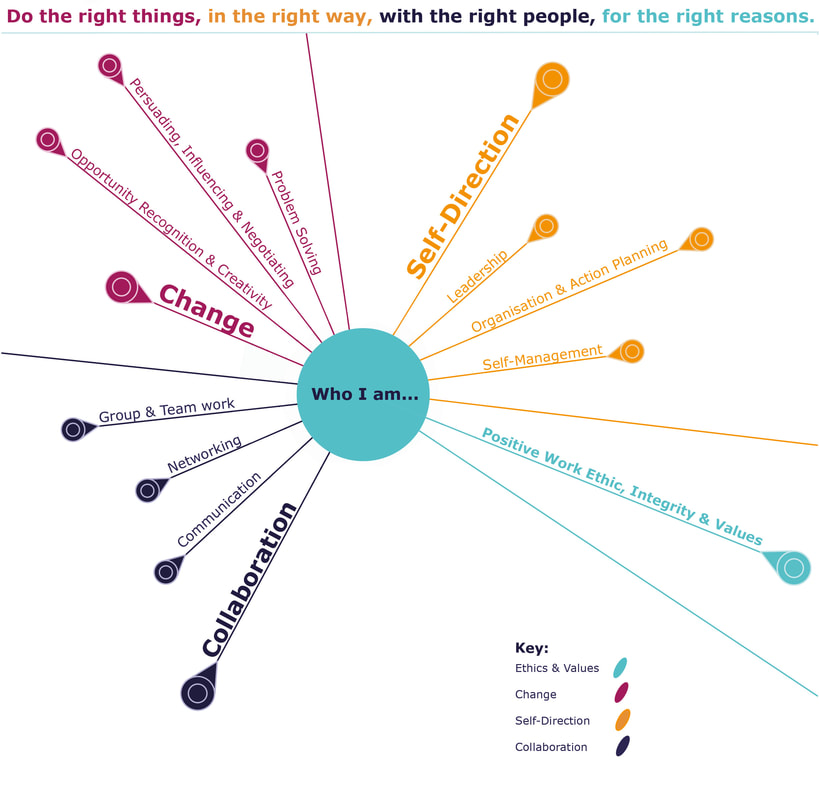Adapting learning design tools
In designing apprenticeships there are many, tried and tested tools that you can use to support the design process.
Our research shows that the most successful approaches use simple pen and paper techniques in a face-to-face setting. The course is viewed on a storyboard and a series of cards covering aspects of the design can be moved around and swapped to model the learning process.
Julie Usher from the University of Northampton told us she feels this is key because the core part is planning the journey from a learner perspective in terms of what they are learning and what activities they are doing. This differs from a traditional teaching plan perspective eg “This week I am going to deliver a lecture on …”.
“What is common about all of these approaches is that they are supporting a shift from a teacher centred to a more learner centred approach.” Julie Usher, University of Northampton
ABC learning design developed at University College London, is a simple technique that can be readily applied to apprenticeships. Find out more about ABC learning design.
University of Northampton employability framework
The University of Northampton has created a framework that describes what a Northampton graduate should look like. The model is ideally suited to designing learning outcomes that focus on employability skills and behaviours and could easily be adapted for apprenticeships.
It is based on the idea of doing the right things, in the right way, with the right people, for the right reasons.
These principles are described as four attributes: change - do the right things self-direction - in the right way collaboration - with the right people positive work ethic, integrity and values - for the right reasons
Each of the attributes is further broken down into specific skills and behaviours. The model is supported by a toolkit with practical guidance on applying the framework at different levels of learning.
Find the toolkit here.
